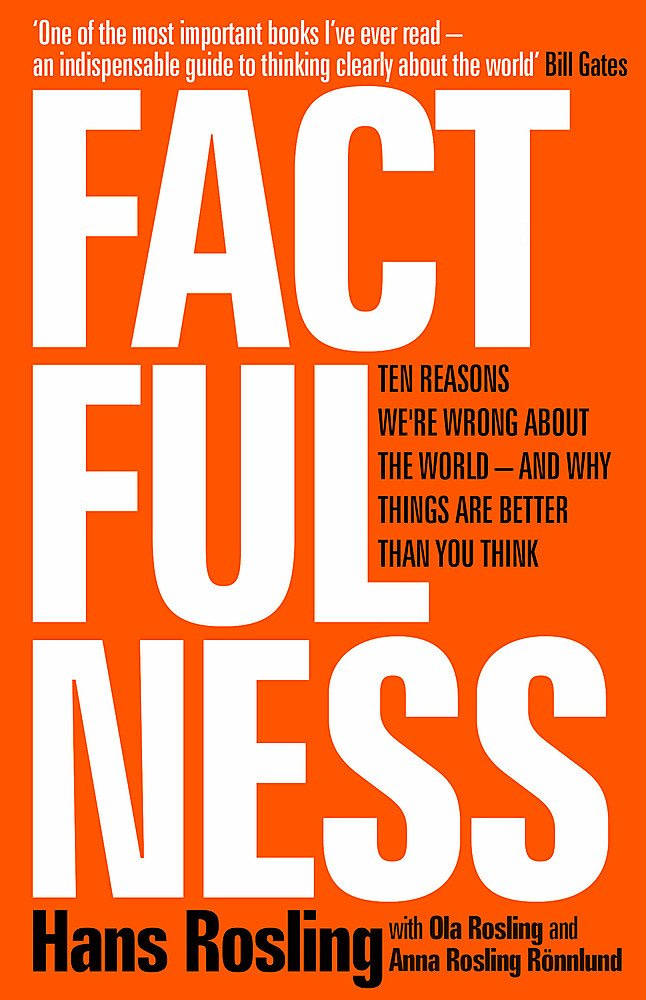How many investment-themed articles begin with a trip to the zoo?
This article does as I believe that several of the creatures we encounter within the animal kingdom can provide us with important lessons that can be applied towards the world of investing.
Of course, the two animals most commonly associated with the stock market are the bull and the bear. The term ‘bull market’ is used to describe a stock market that is rising, with increasing prices.
Conversely, the term ‘bear market’ is used to describe a declining stock market, with prices that are decreasing.
However, I will argue throughout this article that it is an entirely different animal, the sloth, that can provide us with a more useful way of thinking about the world of investing.
Once upon a time….
Once upon a time a boy and his father visited the zoo. The father was keen to share his love of the animal kingdom with the boy and he delighted in observing the wonderment that his son took from encountering several new animals for the first time.
Naturally, though, some animals intrigued the boy more than others. For example, he was ceaselessly fascinated by the animated, knee-jerk movements of the meerkat. The boy's eyes grew wide as he took in each anxious movement of the meerkat’s body.
Later that day, they visited an enclosure containing a sloth. The boy’s behavioral response to the sloth contrasted significantly with the delight that he had previously taken in the meerkat. Whilst the rapid movements of the meerkat entertained and delighted the boy, the slow, sluggish behavior of the sloth made little impression. It wasn’t long before the boy was heard to state:
“Dad, the sloth is boring, can we go back and see the meerkats?”.
There was still time to spare and the boy’s father had also enjoyed his time observing the meerkats, the same small carnivoran animals that had engendered such affection in his son. “Sure”, said the boy’s father. It was understandable, he thought. After all, the sloth’s inactivity was no match for the rapid, animated movements of the meerkats on display.
The father and son that I have described are, of course, my son and myself. Looking back, it is easy to understand how the high-energy movement of the meerkat captured my son’s attention. The sloth, in comparison, stood little chance. The sloth moves more slowly than any other mammal on earth. An animal defined by such distinct inactivity generally receives little mention in the public consciousness compared to other creatures in the animal kingdom. Despite watching numerous nature documentaries through the years, I can recall just one occasion when a nature documentary featured this humble, slow-moving mammal.
It is at this point though, that any unfavorable references to the sloth will stop. Indeed, I fundamentally believe that the characteristics displayed by the sloth are the very same characteristics that an investor should aspire to. In fact, a careful study of the slow-moving, inactive traits of the sloth provides an investor with the necessary modus operandi for investing success.
What about the meerkat?
Let’s not forget the meerkat though. This creature was the recipient of my son’s affection that sunny afternoon in the zoo. In addition, I’ve lost count of the innumerable occasions that I’ve witnessed the exploits of this creature on my television screen whether it be via nature documentaries or within myriad advertising campaigns.
The animated, playful movements of the meerkat certainly elicit great affection and attention from onlookers. However, the differences between the meerkat and the sloth can help us to understand why some people succeed as investors, whilst others struggle.
Observing the meerkat closely, we can see that it is constantly ‘on edge’, unable to relax.
I believe that the twitchy, anxiety-laden demeanor of the meerkat provides the closest approximation to the unfortunate behavior that is demonstrated by many investors today.
I use the term unfortunate to describe this behavior because the adoption of such a mentality in investors is a certain recipe for investing distress.

What about the sloth?
The sloth on the other hand provides us with the best temperamental template for our success as investors. ‘Less is more’, ‘hands off’, ‘couch-potato’…..these are also terms that we could use to describe the sloth-like approach to investing that I advocate.
Despite the evidence in favor of a sloth-like approach to investing, there are many factors that compel investors to take a ‘hands-on’, more active approach to their investments.
The Media - A Catalyst for ‘Meerkat Movements’
Media hysteria concerning the stock market is unquestionably a key reason for meerkat movements among some investors.
Let’s explore why investing in the stock market is often associated with such high levels of hysteria. Crucially, it’s important to recognize the business model of financial news channels. One of the key aims of such channels is to increase viewership.
The reason for this is simple. More viewers = increased revenue from advertising.
How can financial news channels attract viewers? They attract viewers by creating content that is designed to elicit an emotional reaction from you.
Here are a few examples:
“Stay tuned for our next market forecast, things could be about to get bumpy”
or
“You won’t want to miss what this leading analyst has to say about the next market drop”.
Yes, it’s beyond doubt that reporting such as this will certainly give cause for concern to some people. However, instead of succumbing to such utterances, and behaving in a knee-jerk manner, reminiscent of a meerkat, the sloth investor merely changes the channel or simply doesn’t watch the financial news channels at all.
History > Hysteria
Unlike many investors, who have sadly succumbed to the hysterical headlines that characterize the financial media, the sloth investor maintains a steadfast commitment to remain invested at all times.
Quite simply, the sloth investor stays the course!
Using historical data as their guide, sloth investors think in a rational manner, ensuring that their view of the stock market is shaped by history and not the hysteria of the financial and mainstream media.
Trust in Facts!
One of the most influential books that I have ever read is the late Hans Rosling’s Factfulness.
In this landmark book, Rosling explores the disproportionate coverage given to negative news in the mainstream media. Rosling notes how stories that refer to gradual improvements rarely make the front page.
In this regard, the parallels to investing are striking. Switch on a financial news channel or read an investment-themed article in a broadsheet paper and invariably you’ll learn that the modus operandi (the common mode of operation) of these media channels is to engage in hysterical, sensationalist laden reportage.
A more responsible course of action for these media outlets would be to outline to their audience the merits of committing to a long-term view of the stock market.
Circling back to Rosling’s point about the disproportionate coverage given to negative news, there have been innumerable geopolitical news stories over the last sixty years that could have ‘spooked’ investors, causing them to exit the stock market, due to the fear of impending doom. If geopolitical events are likely to cause you to make knee-jerk decisions as an investor (akin to a meerkat’s movements), then it’s certainly necessary to question whether you should invest at all.
Become a Jedi of Patience
Yes, it can not be denied that geopolitical events can certainly play havoc with the markets. Though some investors may have succumbed to mental weakness, those that were able to resist the urge to sell during these periods would have been rewarded for their patience.
The crucial lesson to investors is to remain patient and to ‘ride out’ any sustained periods of volatility caused by these events.
The Sloth Investor is a Jedi of patience.
Remain sloth-like with your investment behavior. You won’t regret it!
If you don’t believe me, I’ll leave you with several quotes from some investing luminaries that I admire.
“Lethargy bordering on sloth remains the cornerstone of our investment style.”
-Warren Buffett, Berkshire Hathaway’s 1990 letter to shareholders.
“An investment strategy inspired by sloth runs circles around most professionally managed portfolios.”
-Andrew Hallam, author of The Millionaire Expat and the Millionaire Teacher
I hope that you enjoyed today’s trip to the zoo and our encounter with the sloth and the meerkat.
The Sloth Investor









